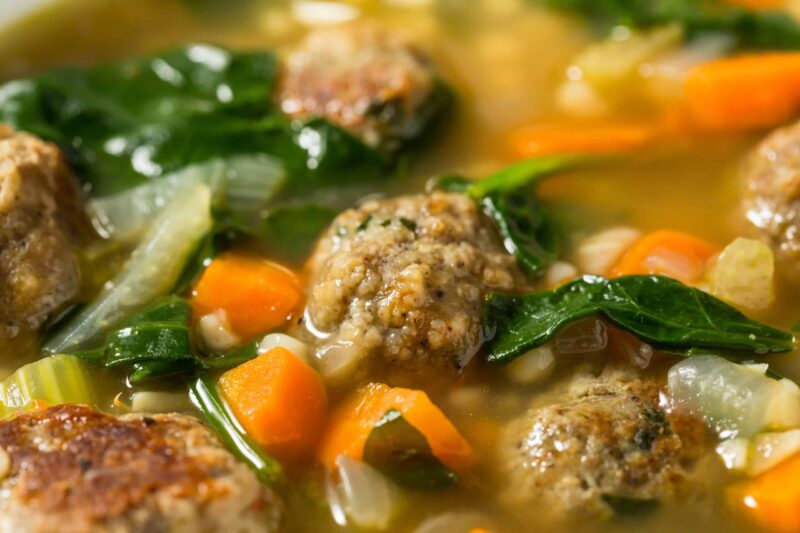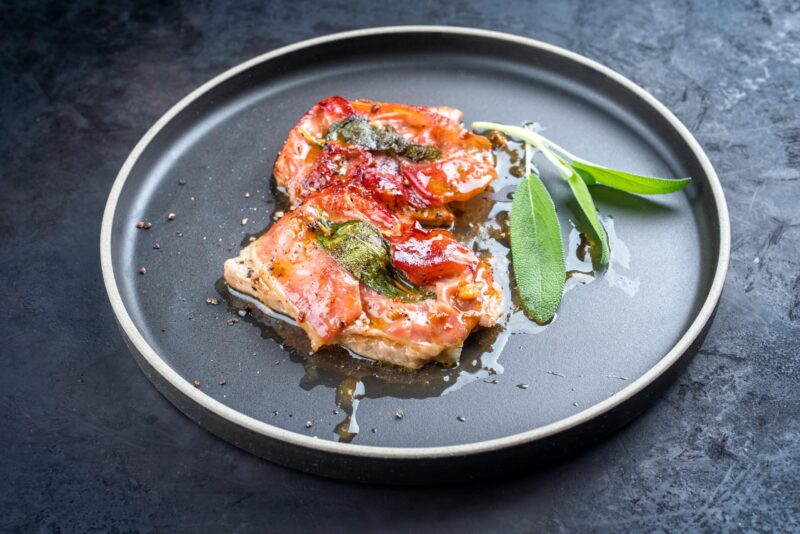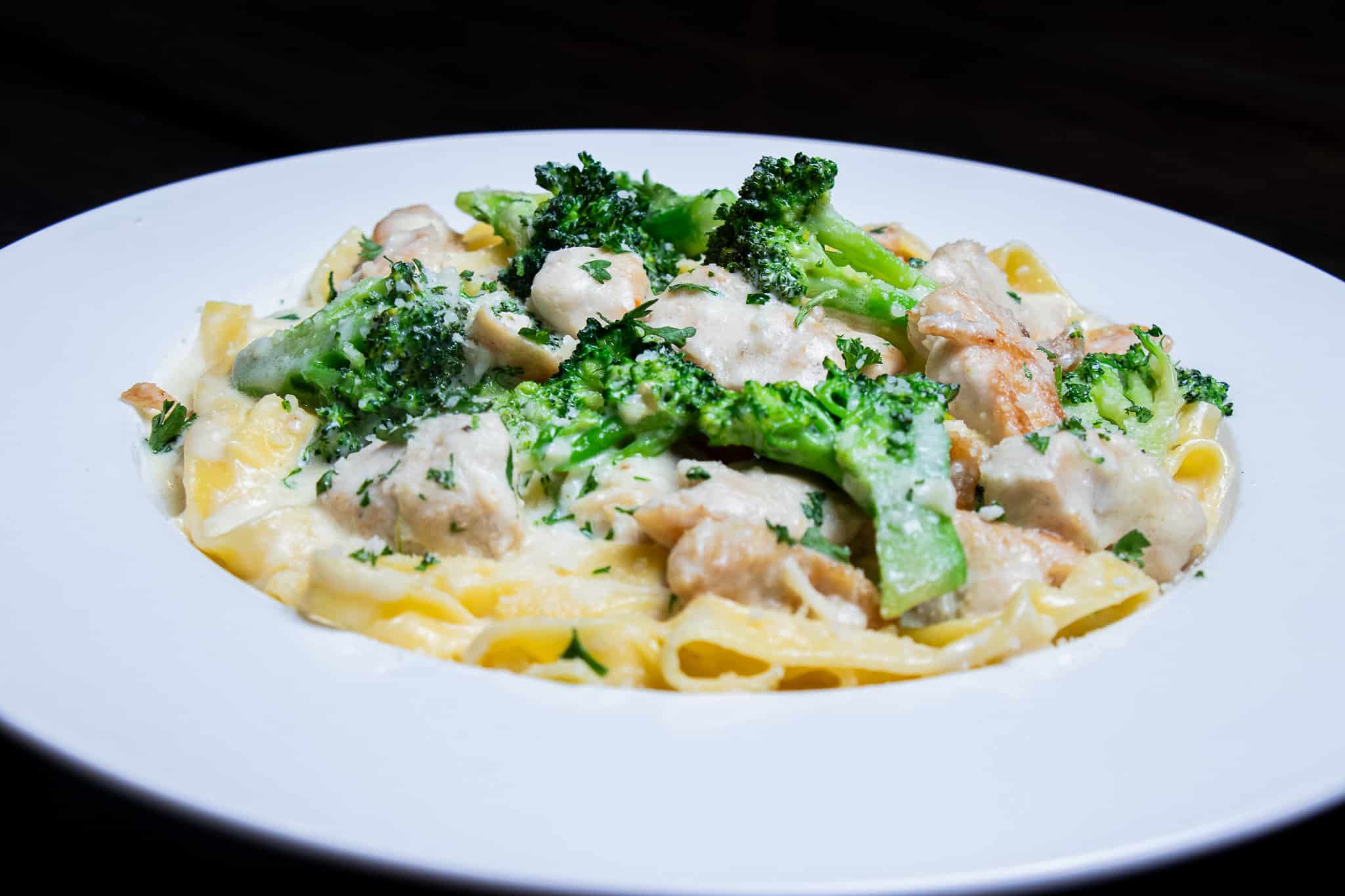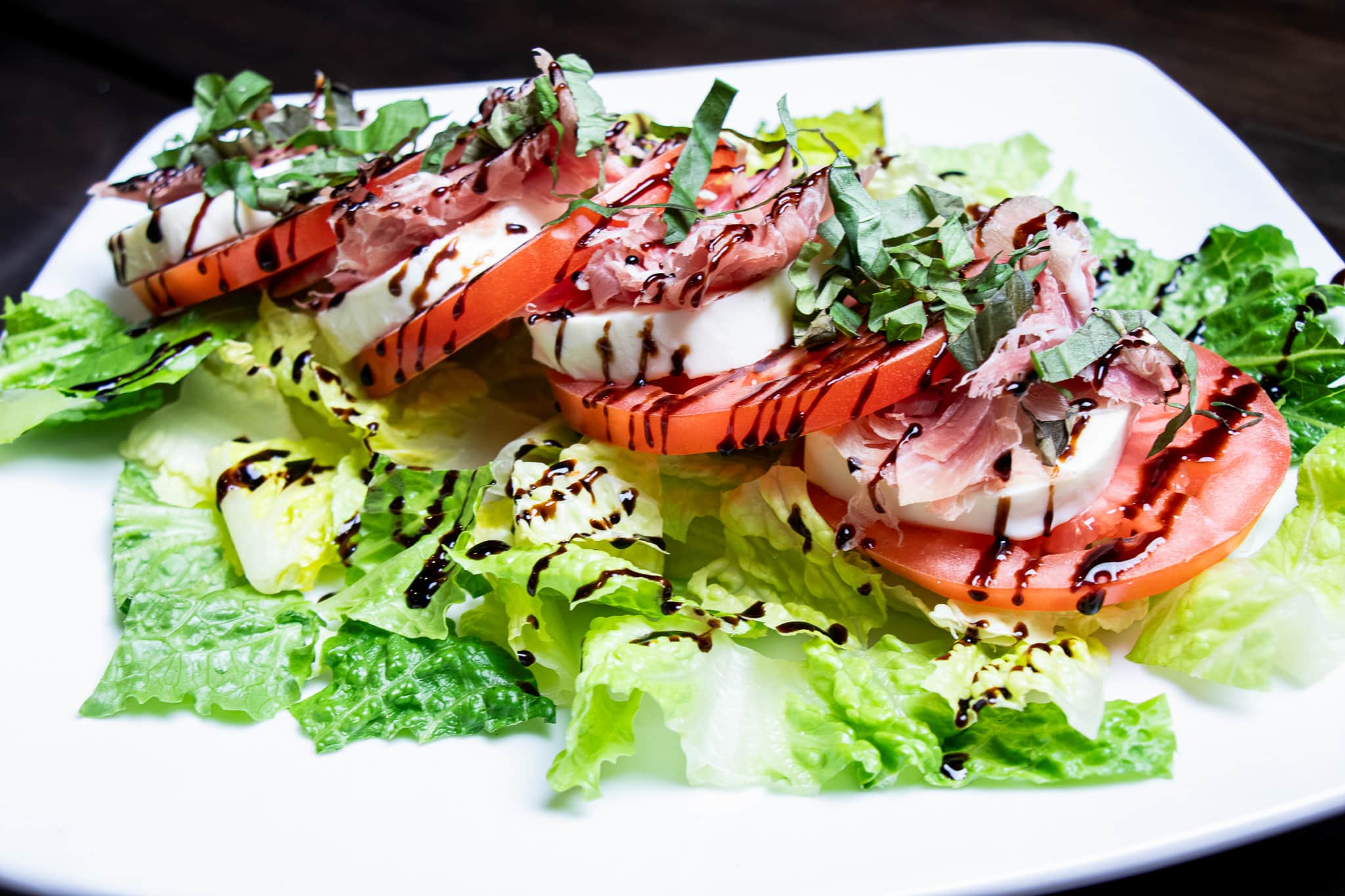Arancini is a beloved staple of Sicilian cuisine. But these delicious rice balls are more than just a crowd-pleasing snack. They carry centuries of history, blending cultural influences and culinary innovation. Today, arancini have evolved from humble street food to gourmet appetizers featured on upscale menus at many Italian restaurants worldwide.
Sicilian Roots and Arabic Influence
Arancini (plural of arancino, meaning “little orange” in Italian) are believed to have originated in Sicily around the 10th century during Arab rule. At that time, saffron-infused rice and spiced meat dishes were common, and the early versions of arancini likely took shape from these flavorful traditions.
The Arabs introduced rice to Sicily, along with seasonings like saffron and cinnamon. Cooked rice would be pressed around meat and vegetables, then enjoyed on the go. This was a practical way to carry a full meal. Over time, this method evolved into the familiar breaded and fried form we know today.
Regional Variations and Family Traditions
Across Sicily, arancini have taken on many forms. In the east, they’re often cone-shaped to resemble Mount Etna, while the western versions are more spherical. Fillings vary by region and household—classic ragù with peas, mozzarella, and tomato sauce remains the most popular, but you’ll also find options with ham, mushrooms, pistachios, or even squid ink.
Passed down through generations, arancini have become a symbol of Sicilian hospitality and family cooking. They’re a staple during holidays like Santa Lucia’s Day (December 13), when pasta and bread are traditionally avoided in favor of rice-based dishes.
From Street Food to Culinary Star
Originally served as a portable meal for farmers and travelers, arancini became a fixture in Sicilian street food culture. Street vendors would offer them piping hot, making them an affordable and satisfying snack.
In recent decades, chefs around the world have reimagined arancini, experimenting with modern ingredients and upscale presentation. Today, you’ll find truffle arancini at Michelin-starred restaurants, vegan versions at trendy cafes, and even bite-sized options at cocktail parties.
This rise in popularity reflects a broader trend: the elevation of traditional, regional foods into the spotlight of global cuisine. Arancini, with their rich history and endless versatility, are a perfect example of how comfort food can become a culinary art form.
A Taste of Tradition, Reinvented
Whether you’re enjoying arancini from a Sicilian street vendor or at one of your favorite restaurants, each bite carries a legacy of culture, innovation, and flavor. As they continue to evolve, arancini remain a delicious bridge between the old world and the new.
Mario’s Ristorante | Italian Restaurants
Did we spark your cravings? Come in and try our arancini along with all of our other delicious options at one of your favorite Italian restaurants. We can’t wait to serve you.








